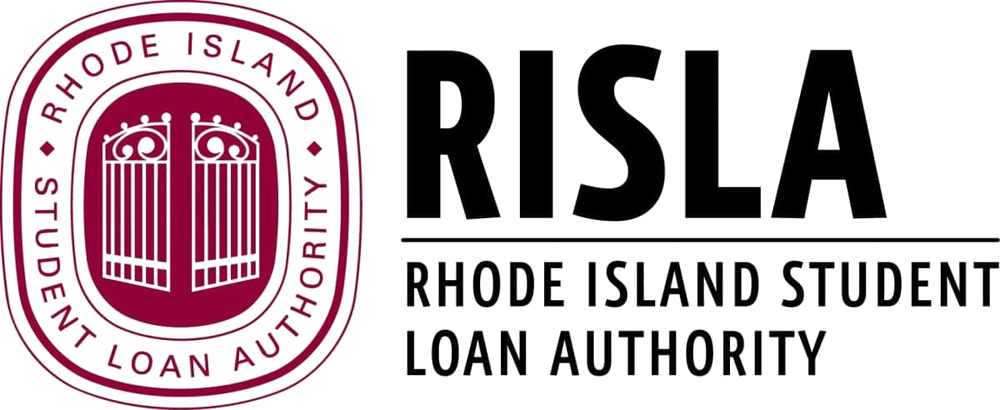Our goal here at Credible is to give you the tools and confidence you need to improve your finances. Although we do promote products from our partner lenders, all opinions are our own.
If your student loan payments are difficult to keep up with, a repayment plan that makes your payments as low as possible might be a good idea.
The extended graduated repayment plan does this by spreading your payments out over 25 years — but it’s not always the right choice for everyone.
Here’s what to know if you’re considering the extended graduated repayment plan:
What is an extended graduated repayment plan?
The extended graduated repayment plan combines features of both the graduated repayment plan and the extended repayment plan.
- A 25-year repayment period with monthly payments
- Payments that start small and increase every two years
- Relief for those with a student loan balance of $30,000 or more
Keep in mind that while the extended graduated repayment plan lowers your payments, it generally leads to higher interest costs over time.
The table below shows how your payments might look under the extended graduated repayment plan. The numbers used are based on the average cumulative debt for graduate students and Parent PLUS Loans based on data from the National Center for Education Statistics for undergraduate and graduate borrowers.
| Subsidized and unsubsidized undergrad loans | Unsubsidized graduate loans | Parent PLUS Loans | |
|---|---|---|---|
| Starting balance | $30,000* | $70,980 | $32,600 |
| Starting monthly payment | $113 | $360 | $194 |
| Payment at 10 years | $166 | $472 | $241 |
| Payment at 15 years | $194 | $526 | $263 |
| Payment at 25 years | $284 | $690 | $327 |
| Total repayment | $54,856 | $150,333 | $75,562 |
| *The average federal student loan balance for bachelor’s degree graduates ($27,050) is lower than the minimum balance to qualify for the extended graduated repayment plan, so a $30,000 starting balance was assumed. | |||
What’s the difference between extended repayment plans and extended graduated repayment plans?
The extended repayment plan and extended graduated repayment plan both offer a 25-year repayment term with lower monthly payments.
Some of the differences include the following:
- With an extended repayment plan, you’ll have a fixed monthly payment, while the extended graduated repayment plan has payments that start low and go up every two years.
- You’ll pay more interest on the extended graduated repayment plan than you would on the extended repayment plan.
For example, if you’re an undergraduate borrower with $40,000 in federal student loans, you’d pay about $6,000 more over time on the extended graduated repayment plan. You’d also wind up with a much higher monthly payment toward the end of repayment.
Extended graduated repayment plan |
Extended repayment plan |
|
|---|---|---|
| Starting balance | $40,000 | $40,000 |
| First monthly payment | $151 | $223 |
| Final monthly payment | $379 | $223 |
| Total repayment | $73,146 | $66,904 |
Benefits and risks to extended graduated repayment plans
Before choosing an extended graduated repayment plan, be sure to consider the benefits and risks.
Benefits
- Access to lower monthly payments: On an extended graduated repayment plan, your payments will likely go down right away. However, this also means you’ll end up with much higher payments at the end of the 25-year repayment period.
Risks
- Higher payments at the end of the repayment term: Although having a lower payment can be tempting to avoid student loan default, keep in mind that your monthly payments will be much higher when you finish than when you start.
- Might have payments you can’t afford: If your income doesn’t go up as you expect it to, you could get stuck with high monthly payments that you can’t afford. If this is a possibility for you, an income-driven repayment plan could be a better idea than a graduated plan.
- Higher interest charges: You might end up spending thousands more on interest over the life of your loan if you choose an extended graduated repayment as your initial lower monthly payment will pay off less principal each month.
Learn More: How Often Can You Refinance Student Loans?
Alternatives to extended graduated repayment plans
While the extended graduated repayment plan might save you money today, it’s often a poor decision in the long run because of the higher payments and interest charges you’ll end up with.
Other repayment plans also qualify for student loan forgiveness programs that the extended graduated repayment plan doesn’t.
Here are some alternatives to the extended graduated repayment plan that typically come with a lower total cost:
- Revised Pay As You Earn (REPAYE): As long as you have federal Direct Loans, you can sign up for the REPAYE plan. Under REPAYE, your payments are limited to 10% of your discretionary income, and any remaining balance is forgiven after 20 or 25 years, depending on whether you have undergraduate or graduate loans.
- Income-Based Repayment (IBR): If you took out federal student loans on or after July 1, 2014, your payments will be limited to 10% of your discretionary income under IBR (15% if you took out loans before that). You’ll also need to demonstrate a partial financial hardship to qualify for IBR. Any remaining balance will be forgiven after 20 years.
If you have multiple loans, you could also consider combining them into a federal Direct Consolidation Loan or through private student loan consolidation.
Just keep in mind that if you consolidate with a private student loan, you’ll be giving up your federal benefits, such as access to income-driven repayment plans.
Learn More: Federal Student Loan Repayment Options
Consider refinancing your student loan
Another option is student loan refinancing. When you refinance your student loans, you pay off your old loans with a new private student loan. This could help you get a lower interest rate or monthly payment.
You might have to pay a little more upfront or per month if you refinance your student loans, but you could still end up saving thousands of dollars over the life of the loan.
Also keep in mind that when you refinance federal student loans, you’ll be giving up federal benefits, including deferment and forbearance options, income-driven repayment, and student loan forgiveness.
Learn More: Private Student Loan Repayment Options
If you decide to refinance your student loans, be sure to consider as many lenders as possible to find the right loan for you. Credible makes this easy — you can compare rates from our partner lenders in the table below in just a few minutes. The lenders shown here compensate Credible.
| Lender | Variable rates from (APR) | Fixed rates from (APR) | Check rates from multiple lenders in 2 min |
|---|---|---|---|
| N/A | 4.54%+ | Get Rates Advantage review |
|
 |
2.38%+ | 3.50%+ | Get Rates Brazos review |
 |
2.49%+¹ | 3.20%+¹ | Get Rates Citizens Bank review |
 |
3.89%+2 | 4.89%+2 | Get Rates College Ave review |
 |
2.39%+3 | 3.19%+3 | Get Rates ELFI review |
 |
1.87%+4 | 2.92%+4 | Get Rates |
 |
4.65%+ | 3.75%+ | Get Rates MEFA review |
 |
2.17%+ | 3.23%+ | Get Rates Penfed review |
 |
N/A | 3.49%+ | Get Rates RISLA review |
 |
2.99%+5 | 3.20%+5 | Get Rates SoFi review |
| Compare personalized rates from multiple lenders without affecting your credit score. 100% free! |
|||
|
All APRs reflect autopay and loyalty discounts where available | 1Citizens Bank Disclosures | 2College Ave Disclosures | 3 ELFI Disclosures | 4INvestED Disclosures | 5SoFi Disclosures |
|||
|
Citizens Bank Education Refinance Loan Rate Disclosure:
|
|||


